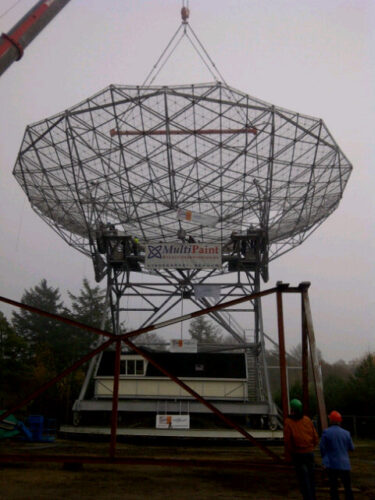
Op 29 november j.l. zijn met de 25 meter Dwingeloo radiotelescoop hersengolven in de vorm van radiosignalen naar Titan gestuurd, de grootste maan van Saturnus. Dat gebeurde in het kader van het COGITO project van kunstenaar Daniela de Paulis,
COGITO project van kunstenaar Daniela de Paulis, één van de Astroblog-auteurs. De hersengolven waren op de BIO 50 conferentie bij diverse deelnemers verzameld – BIO 50 was de 24e Biënnale van Ontwerpen, dat op 18 september 2014 startte in Ljubljana (Slovenië). Samen met de radiotechnicus Jan van Muilwijk stuurde Daniela afgelopen zaterdag gedurende negentig minuten de hersengolven naar Titan. De hersengolven waren voor COGITO naar geluidsgolven. Hieronder een video, gefilmd door Harry Keizer, welke een impressie geeft van het zenden van de hersengolven naar Titan, de maan die qua omstandigheden lijkt op de vroege aarde en die door sommige wetenschappers beschouwd wordt als een plek waar mogelijk primitief leven voorkomt.
Op haar website legt Daniela de Paulis uit wat het COGITO project precies inhoudt en wat de doelstellingen zijn:
Bron: Daniela de Paulis.
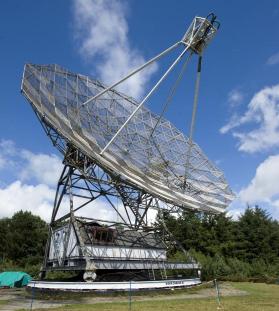
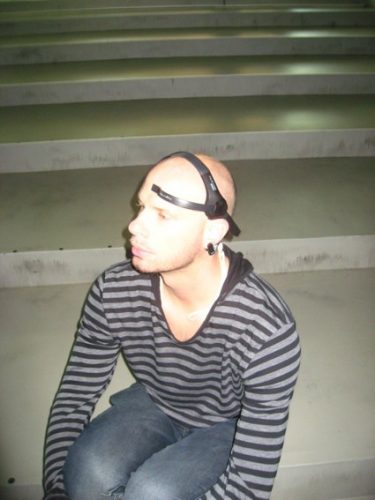
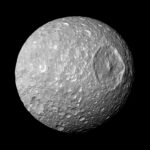
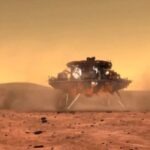
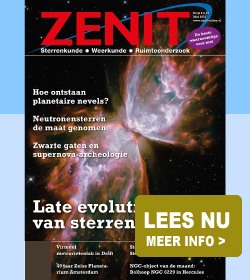

Was erg leuk om een klein beetje geholpen te hebben met de uitvoering van dit bijzondere project.
Congrats aan Daniela voor haar prestaties! Ook in 2015 zullen er weer een aantal erg boeiende projecten worden uitgevoerd bij ons aller CAMRAS.
Leuk Harry, hou ons op de hoogte van die projecten en als we een steentje bij kunnen dragen dan horen we het wel. Eh… was jij trouwens ook direct betrokken bij dit experiment, want dan zet ik jou er ook bij. Laat maar even weten.
Zullen we zeker doen Arie! Leuk stukje geworden ook!
Excuus voor mijn ‘dubbele’ post. Mijn iMac sputtert soms tegen….
Eh ja, ik was o.a. cameraman tijdens de livestream….+koffie halen en foto’s maken.
Was erg leuk om aan dit bijzondere project een bijdrage te hebben mogen leveren in een zeer inspirerende omgeving.
Congrats to Daniela for nice performance!
Laatst had Olaf een blogje over wat wij allemaal te danken hebben aan de ruimtevaart.
Heeft zo’n project van Daniela ook al iets opgeleverd?
Ik vind het trouwens wel knap bedacht, je moet er maar opkomen en ook nog eens realiseren 😉
Harry, ik heb je ook in de blog genoemd hoor. Harry Keizer, de nieuwe Jan de Bont. 🙂 Eh… Monique, wat jouw vraag betreft over het resultaat van dit experiment: wat ze hebben gedaan is eigenlijk een vorm van METI, Messaging to Extra-Terrestrial Intelligence, bedacht door de Russische wetenschapper Alexander Zaitsev – ik heb daar ooit over geblogd. Nou weten we dat we daar op Titan geen hoog-intelligent leven hoeven te verwachten, wellicht dat er zelfs helemaal geen leven is, maar het is vooral het idee. En Daniela is een kunstenaar, dus het heeft ook een artistieke kant. Maar daar in Drenthe zijn de wetenschappers van ASTRON óók van plan actief te worden met SETI en de varianten daarvan, dus ook wetenschappelijk gezien is dit experiment een soort van voorloper geweest.
Arie, wat SETI betreft gaan wij Camrassers in een zeer gemeleerd gezelschap daar ook ‘iets’ aan doen!
Kick-off meeting gehad juist tijdens de landing van Philae en daar hebben we eerst naar gekeken uiteraard in auditorium bij Astron.
Vervolgens was onze meeting met Andrew Siemion (Berkeley University SETI) en Emilio Enriquez – Radboud University, Nijmegen. Erg inspirerende presentatie gehad en daarna een levendige discussie over allelei astro-technische items rondom de Dwingeloo Telescope. Word vervolgd!
De performance van Daniela moeten we ook in een breder perspectief zien zoals bewust wording van onze ‘omgeving’ en dan iets buiten het strikte wetenschappelijk astronomische stramien.
En het is nog erg leuk ook haha!